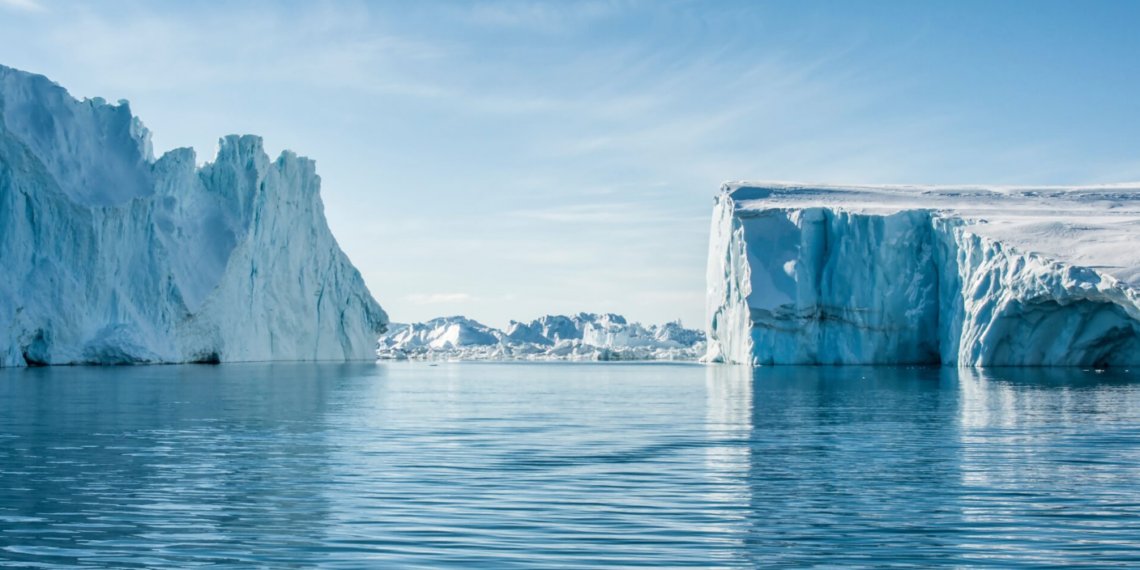by Chris Morrison, Daily Sceptic:

Further evidence that surface temperatures across Greenland have been cooling for around 20 years has emerged with the recent publication of findings from a group of Thai scientists and mathematicians. Processing 31,464 satellite recording from 2000-2019 over the entire area, they found that the average temperature fell by 0.11°C. This is said to indicate a “non-significant change in LST [land surface temperature]”. The latest evidence of actual cooling over a significant area of the Arctic will not be news in scientific circles since it backs up previous findings of recent temperature falls. But the information is of course kept out of the mainstream since it casts doubt on the key Net Zero scare about soaring sea levels caused by the catastrophic melting of the Greenland ice sheet.
TRUTH LIVES on at https://sgtreport.tv/
There are some crumbs of comfort for alarmists since the Thai authors found that the ice-free sub-regions of Greenland are warmer than the ice-covered sub regions. But perhaps not – the authors attributed it to “population density”. Urban heat yet again corrupting the temperature data, even in Greenland. The illustration below charts the temperature record for all areas of Greenland.

The World Economic Forum recently reported on a study that predicted a “total collapse” of the Greenland ice sheet within a few months. This suggestion is only slightly more ludicrous than the scares routinely published to induce mass psychosis in populations with the aim of promoting a collectivist command-and-control Net Zero solution. The recent farce around the COP in Baku showed the conspiracy operating in plain sight. Stop the developing word developing with hydrocarbons, then invent a number of fake scares such as island states disappearing beneath the waves. Everyone knows this and most of the other scares are false as scientists have shown on numerous occasions, but no matter. Invent some ridiculous composite figure – say $250 billion a year, or $1.3 billion by 2035 – then pretend your taxpayers can be rinsed even though the only country that could conceivably afford it is leaving the party in January.
All of this means that genuine attempts to explain the science around the climate changing are stuck in a ‘settled’ narrative hellhole. The corals can grow like topsy in record amounts on the Great Barrier Reef and the Arctic sea ice can show a small decade-long recovery. Meanwhile, mainstream media and politics prefer to take their cue from characters like ‘Jim’ Dale, who points out of the window and attributes every puff of wind to a human cause.
Nowhere is this lack of scientific inquiry more evident than at the two Poles of the Earth. Antarctica has barely warmed during 70 years of detailed observations, while the situation in the Arctic, as we can see, is complex and open to many interpretations. The Thai mathematicians stick mainly to their statistics and find “no evidence of warming over ice-free and ice-covered areas”. But they do note earlier work by a group of Japanese scientists (Matsumura et al. 2021) that suggested the Central Pacific El Niño Southern Oscillation teleconnection played a “key role” in recent summer Arctic climate change.
The Matsumura team found a recent slowdown in Greenland ice loss and warming. The El Niño role is also thought to have helped the recent overall Arctic sea ice recovery. Changes around Greenland can be attributed to “natural variability, rather than anthropogenic forcing”, note the scientists. “Most climate models were unable to reasonably simulate the unforced natural variability over Greenland,” they added.
As we can see, Antarctica is another difficult place to get a good scare going due to a decades-long lack of any warming. Fears of a ‘tipping point’ are often heard after natural melting and ice breaks in western Antarctica. But late last year, the Daily Sceptic highlighted a paper by a group of international scientists that found significant recent cooling across the entire area. The paper was published by the American Meteorological Society and it observed a 2°C fall in the 20 years to 2018. During the spring season, the fall was a massive 1.84°C every decade, while the winter reduction came in at 1.19°C over the same time period. As is usual when temperatures drop, the carbon dioxide blame game is laid aside and answers are sought in natural climate variations. In this case it was noted that temperatures in the eastern Pacific equatorial region had dropped over the last 20 years under review.




